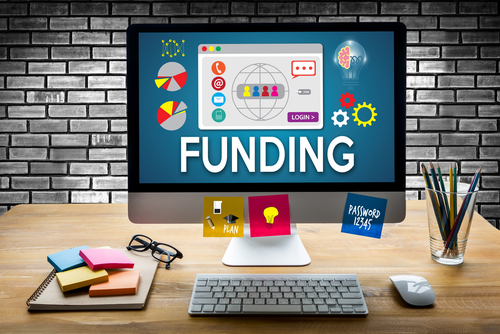

So you’ve decided on a funding method to start or scale your SME — congratulations! Before finalising your choice, it’s essential to understand how this financing could impact your business. Knowing the advantages and potential drawbacks will help you make the most of it and avoid unexpected pitfalls, whether it’s a loan, investment, or another type of funding.
Let’s break down the pros and cons of some of the most common funding methods to help you make informed decisions moving forward.
Bank Loans
Pros: Traditional bank loans are often the first stop for small businesses. They typically offer lower interest rates than other forms of financing. If your SME has solid credit, banks may provide significant loans to support your logistics expansion or other investments.
Cons: The downside? Stringent requirements. Getting a bank loan can be challenging if you’re a newer SME. Banks often require an established credit history, financial documents, and sometimes collateral, making it less accessible for some.
Related Reading: Million-Dollar Secrets: 6 Proven Strategies to Fund Your Startup Dream
Venture Capital (VC)
Pros: VC funding can provide you with large sums of money in exchange for equity. If you’re looking to scale fast, this could be a dream come true. Plus, VCs often bring valuable mentorship and industry connections that can streamline your SME logistics and help your business grow.
Cons: It’s not all rainbows and sunshine. Venture capitalists expect a return on their investment, which can mean giving up a portion of your company. You’ll also need to align with their high growth expectations, which isn’t always suitable for every SME.
Government Grants
Pros: Free money — who wouldn’t want that? Government grants can be an excellent source of funding for SMEs, especially if you’re in specific industries or regions targeted for economic development. Best part? You don’t have to pay it back.
Cons: Grants are highly competitive, with lots of paperwork and criteria to meet. They also have restrictions on how the money can be used. You might be limited if your funding needs are broad, like covering costs associated with freight forwarding or hiring a logistics service provider.
Related Reading: 5 Must-Know Tips for Successful SME Brand Partnerships
Crowdfunding
Pros: Crowdfunding has become a trendy way for SMEs to raise funds. It generates capital and creates a built-in audience for your products or services. This could be a great option if your startup has a compelling story.
Cons: The tricky part about crowdfunding is that it often requires much effort upfront—marketing, building a campaign, and constantly engaging your audience. And if your campaign doesn’t reach its funding goal, you might not get anything.
Bootstrapping
Pros: Bootstrapping — using your savings or reinvesting profits — is a viable option for those wanting complete control over their company. It keeps things simple, and you won’t owe anyone or have to give up equity.
Cons: The obvious downside is that you’re limited to your personal financial resources. This can also slow your growth if you’re trying to cover significant operational costs, like expanding your SME logistics to enter new markets.
Read about our startup logistics solutions now
Key Takeaway
Whether you’ve chosen a bank loan, VC, or crowdfunding, each has its own advantages and challenges. The key now is to ensure your funding decision aligns with your business goals, understand the risks involved, and balance that with the level of control you wish to maintain. Take what you’ve learned about the pros and cons, and use it to ensure your choice fuels your long-term growth effectively.




